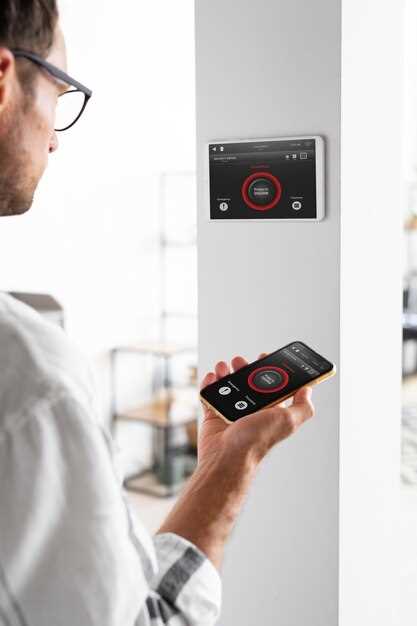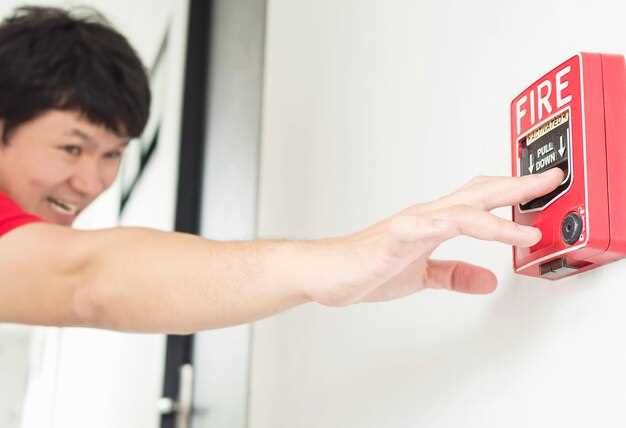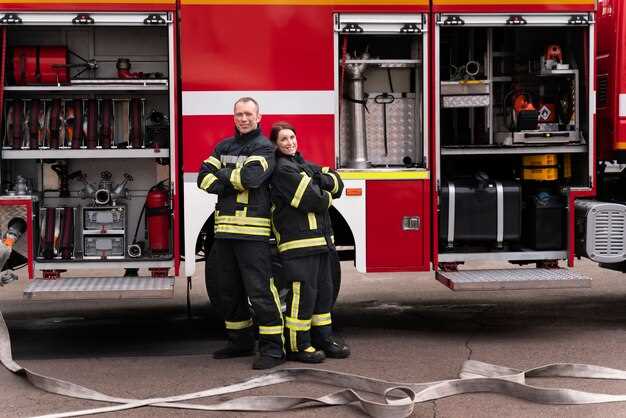
Installing a Race-Ready Fire Suppression System
- George Harris
- 0
- Posted on

In the adrenaline-fueled world of motorsports, safety remains a top priority for both drivers and teams. One of the most critical components ensuring this safety is an efficient fire suppression system. These systems are designed to protect not only the driver but also the vehicle and crew from the devastating effects of fire. Understanding how to properly install a race-ready fire suppression system is essential for anyone looking to compete at any level.
Installation of a fire suppression system requires careful planning and execution. It’s crucial to select a system that meets the specific regulations of your racing league while also addressing the unique requirements of your vehicle. This guide will walk you through the essential steps of selecting, installing, and maintaining a fire suppression system tailored for racing environments.
From understanding the various types of fire suppression agents to the legal mandates that govern their use, this guide will provide valuable insights. Additionally, we will explore best practices for maintaining the system to ensure optimal performance during critical moments on the track. Whether you are a seasoned racer or a newcomer to motorsports, equipping your vehicle with a reliable fire suppression system is a step towards ensuring a safer racing experience.
Selecting the Right Fire Suppression System for Your Vehicle
Choosing the appropriate fire suppression system for your vehicle is crucial for safety and performance. Begin by considering the type of motorsport you participate in. Different applications may have unique requirements. For example, drag racing may benefit from a quick-response system, while endurance racing could necessitate a more robust setup that covers larger areas.
Next, evaluate the type of fire extinguishing agent you want to use. Common options include AFFF (Aqueous Film Forming Foam), powder, and CO2. AFFF is effective for fuel fires but has environmental considerations, while powder agents can handle different types of fires and are versatile. CO2 systems are lightweight and effective in enclosed spaces, making them suitable for certain vehicles.
Consider the design of the system. Some systems are designed for specific locations in the vehicle, such as the engine bay or fuel cell area. Ensure the system provides comprehensive coverage to mitigate risks in all potential fire sources. Additionally, check if the system integrates well with your vehicle’s existing setup, minimizing installation complications.
It’s essential to adhere to the regulations set by the governing bodies of your sport. Review the safety specifications and requirements defined by organizations such as the FIA or SCCA, as non-compliance can result in disqualification.
Lastly, think about the maintenance and recharging procedures of the system. A fire suppression system should be dependable and easy to maintain. Familiarize yourself with the service intervals and check-up protocols to ensure the system remains effective throughout its lifespan.
Step-by-Step Installation Process for Maximum Safety

Installing a race-ready fire suppression system requires careful attention to detail and adherence to safety standards. Follow this step-by-step guide to ensure a successful installation.
Step 1: Gather Necessary Tools and Components
Before starting the installation, collect all required tools such as a socket set, wrenches, screwdrivers, and mounting brackets. Ensure you have the fire suppression system components, including the tank, nozzles, hoses, and activation mechanism.
Step 2: Prepare the Vehicle
Clean the installation area within the vehicle, typically near the fuel cell or engine bay, to provide a stable surface for mounting. Remove any debris, and make sure there are no obstructions that could interfere with system performance.
Step 3: Mount the Fire Suppression Tank
Securely mount the fire suppression tank using the recommended brackets in a location that minimizes vibration and maximizes accessibility. Ensure the tank is positioned correctly to enable efficient discharge during an emergency.
Step 4: Install the Nozzles
Determine the optimal locations for the nozzles to cover critical areas, such as the engine compartment and cockpit. Drill holes as needed and securely attach the nozzles, ensuring they are oriented to maximize coverage. Use appropriate seals to prevent any fluid leaks.
Step 5: Connect the Hoses
Carefully connect the hoses from the tank to the nozzles, ensuring that each connection is tight and secure. Use quality clamps to prevent any disconnections under stress. Route the hoses away from any heat sources or moving parts.
Step 6: Install the Activation Mechanism
Choose a suitable location for the activation mechanism, such as a pull cable or push-button switch, ensuring it is easily accessible to the driver. Follow the manufacturer’s instructions to wire and secure the mechanism, making certain all connections are robust.
Step 7: Test the System
Once the installation is complete, conduct a thorough test of the entire fire suppression system. Activate the mechanism to confirm that the tank discharges properly and that all nozzles function as intended. Address any issues that arise during testing.
Step 8: Review Safety Standards
After testing, review your installation against the recommended safety standards and guidelines for fire suppression systems. Ensure compliance with local regulations and any specific requirements for racing environments.
Step 9: Maintain the System
Regularly inspect the fire suppression system for wear, ensure hoses and connections remain secure, and check the tank pressure. Schedule professional maintenance as recommended by the manufacturer to guarantee optimal performance.
Maintaining and Testing Your Fire Suppression System Regularly

Regular maintenance and testing of your fire suppression system are crucial to ensure its reliability during an emergency. A well-maintained system not only meets safety regulations but also maximizes protection for both personnel and assets.
Start with a comprehensive inspection at least once a year, checking for physical damage, corrosion, and any signs of wear in hoses, nozzles, and tanks. Make sure to verify that all components are securely mounted and free from obstructions. Look for leaks by inspecting connections and seals, as even minor leaks can compromise system performance.
Testing the system involves several critical tasks. Conduct a pressure test to ensure the suppression agent can discharge effectively. Follow the manufacturer’s guidelines for the specific type of system you have, as various systems have different testing protocols. Additionally, test the activation mechanisms, including manual pull stations and automatic detection systems, to confirm that they function correctly.
Document all findings during inspections and tests. This record will not only be useful for compliance purposes but can also help identify trends in equipment wear or potential issues that require immediate attention. If deficiencies are found, address them promptly and conduct follow-up tests to confirm repairs.
Training staff on how to recognize the signs of system failure is equally important. Regular training sessions should be held to educate personnel on system operation, maintenance routines, and emergency procedures. This ensures that everyone understands their role and can respond effectively in the event of a fire.
Finally, consider scheduling a professional inspection and maintenance service every few years. They can provide expert analysis and ensure that all components are up to industry standards. By maintaining and testing your fire suppression system regularly, you enhance its reliability and ensure it will perform when needed most.
